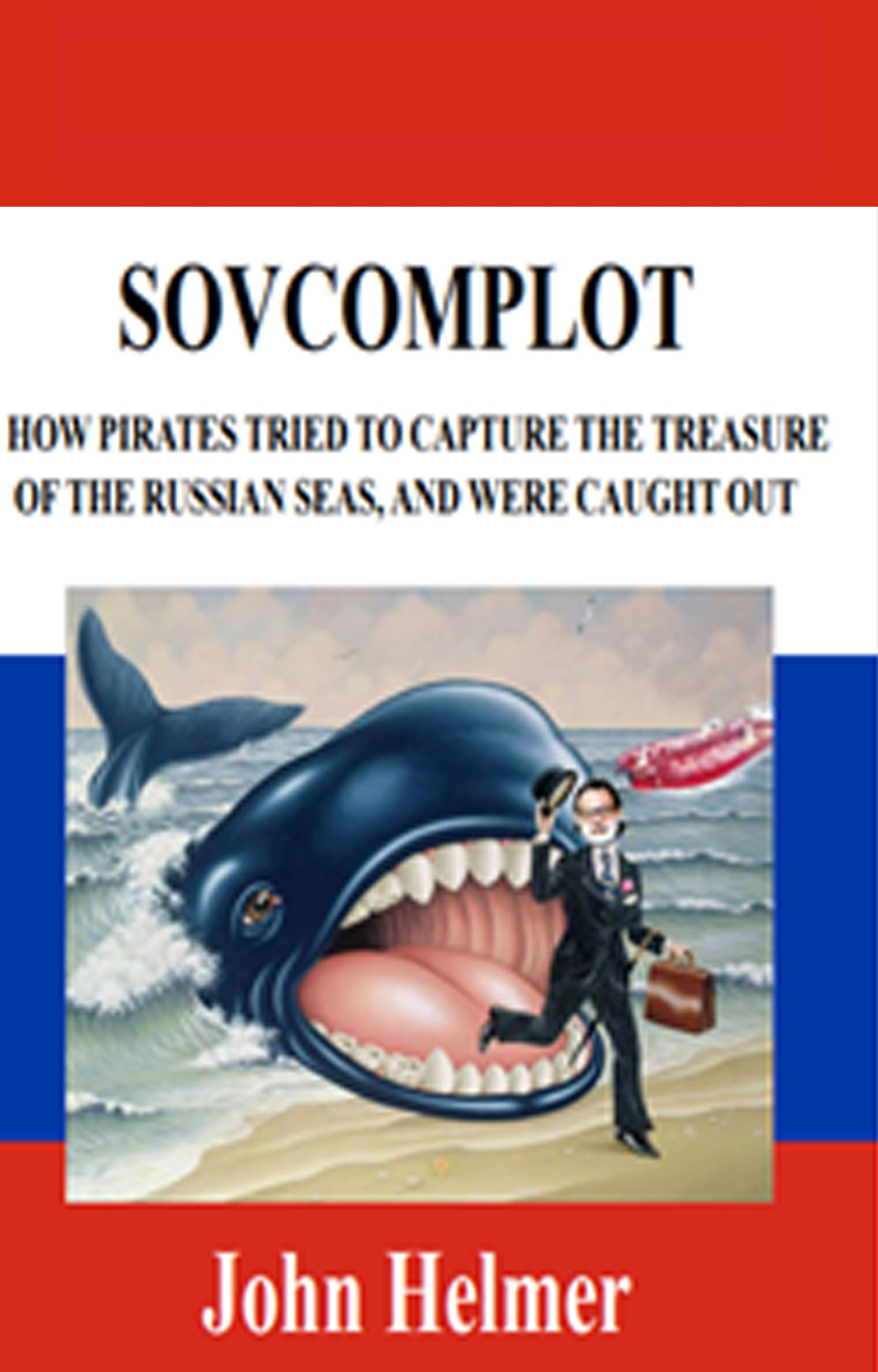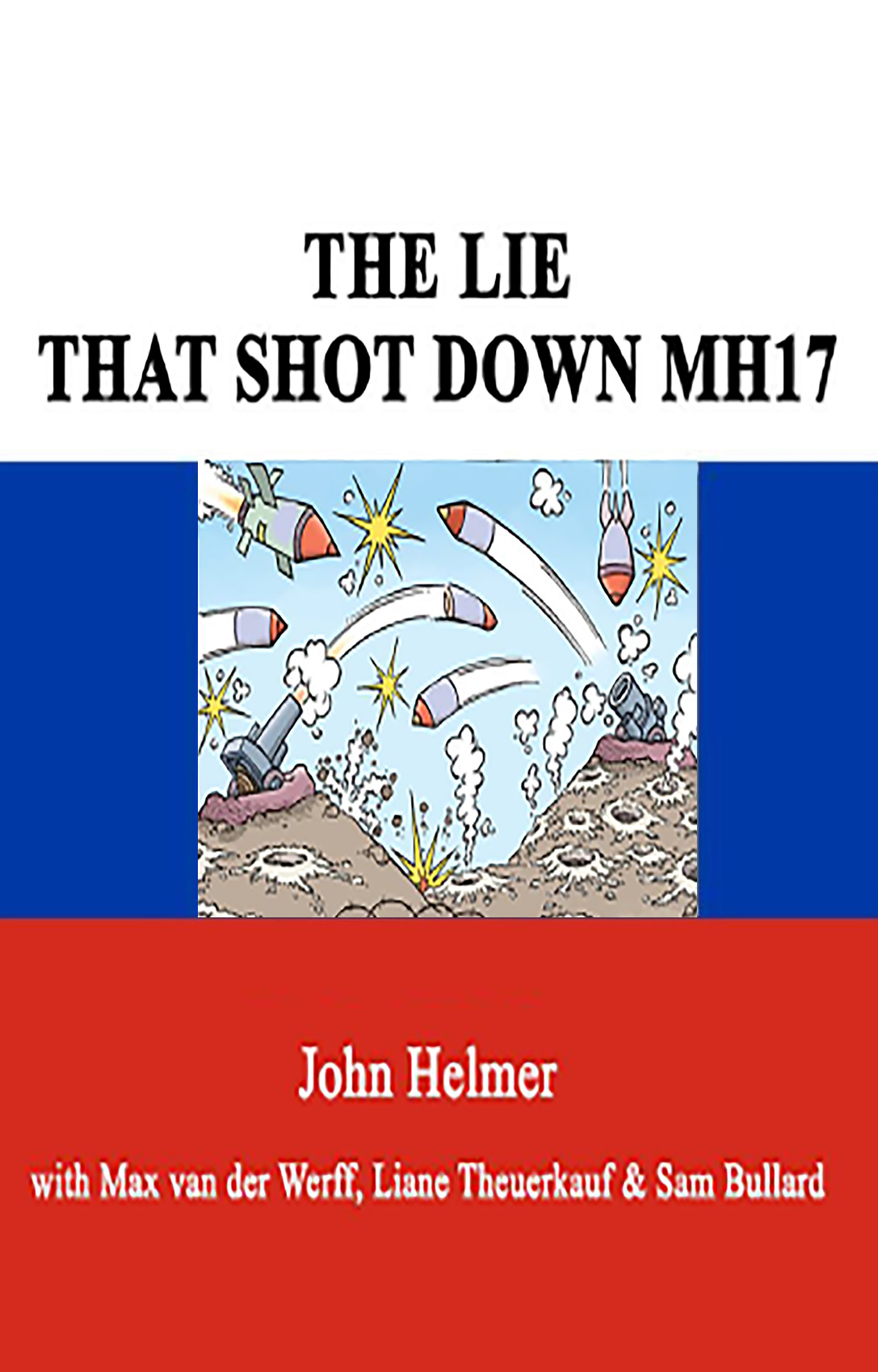By John Helmer in Moscow The Russian Federation’s decade of rampant economic growth has been a boon to maritime activity and ports on the Black Sea. But the good times are coming to an end, writes John Helmer Russia has been aiming to develop dry cargo movements, both export and import, as the preferred direction […]
By John Helmer in Moscow In a stunning repudiation of Tajikistan’s President Emomali Rahmon, lawyers for the Tajikistan Aluminium Plant (Talco) agreed overnight to halt their High Court case in London. They have settled with Avaz Nazarov, the Ansol company, a former manager and traders of the aluminium plant, whom Rahmon and his cronies ousted […]
The news has just been received from London of the capitulation overnight of President Emomali Rahmon and the Tajikistan Aluminium Plant in their court case against Avaz Nazarov and a group of former managers and traders of the aluminium plant. The terms of the settlement, and details of the circumstances, which put a stop to […]
By John Helmer in Moscow In a contest of bargaining power reminiscent of the 2005 battle between Alisher Usmanov of Metalloinvest and Victor Rashnikov, owner of Magnitogorsk Metallurgical Combine (MMK), MMK is demanding that Metalloinvest lower its iron-ore price, and is refusing to pay for previous deliveries. Metalloinvest says it has cut production at its […]
By John Helmer in Moscow After six months of negotiations have failed to resolve investment and spending conditions, Victor Vekselberg’s Renova group and United Manganese of Kalahari (UMK), its South African partner, have been unable to agree on whether the project is dead, on care and maintenance, or life-support. One result is that the Russian […]
By John Helmer in Moscow Russian state development bank Vnesheconombank (VEB), chaired by Prime Minister Vladimir Putin, is reported to have approved a US$1.8 billion loan for steel and mining giant Evraz Group, whose major shareholders include Roman Abramovich, following a board session of the board last Friday. Evraz sources decline to confirm the loan, […]
By John Helmer in Moscow Uralkali, Russia’s dominant potash exporter, has made an offer to compensate the costs of the state-owned Russian Railways Company (RZD) to build the bypass around the Berezinki sink-hole and mine subsidence. The offer was reported in a Moscow newspaper, and confirmed by a company source. The offer was contained in […]
By John Helmer in Moscow The Russian government agency responsible for negotiating the terms of DeBeers’s new Grib diamond mine project in the Arkhangelsk region of northwestern Russia has agreed to extend a deal deadline, which fell on November 15. At that point, and in the week that followed, De Beers and its affiliate Archangel […]
By John Helmer in Moscow Russia’s Black Sea strategy has been aiming to develop dry-cargo movements, both export and import, as the preferred direction for Russian oil exportsshifts eastward towards China, and from Arctic oilfields in the north, westwards into northern Europe. That was before theglobal financial crisis intensified in the autumn. But the signs […]
By John Helmer in Moscow Market reports that Smolensk Kristall refused last month to buy rough from Alrosa have been denied by Alrosa. According to sources in Alrosa, the Russian state diamond company, Kristall proposed a 20% discount on purchases of Alrosa’s current rough price. Alrosa refused to supply, claiming that its pricing is in […]










